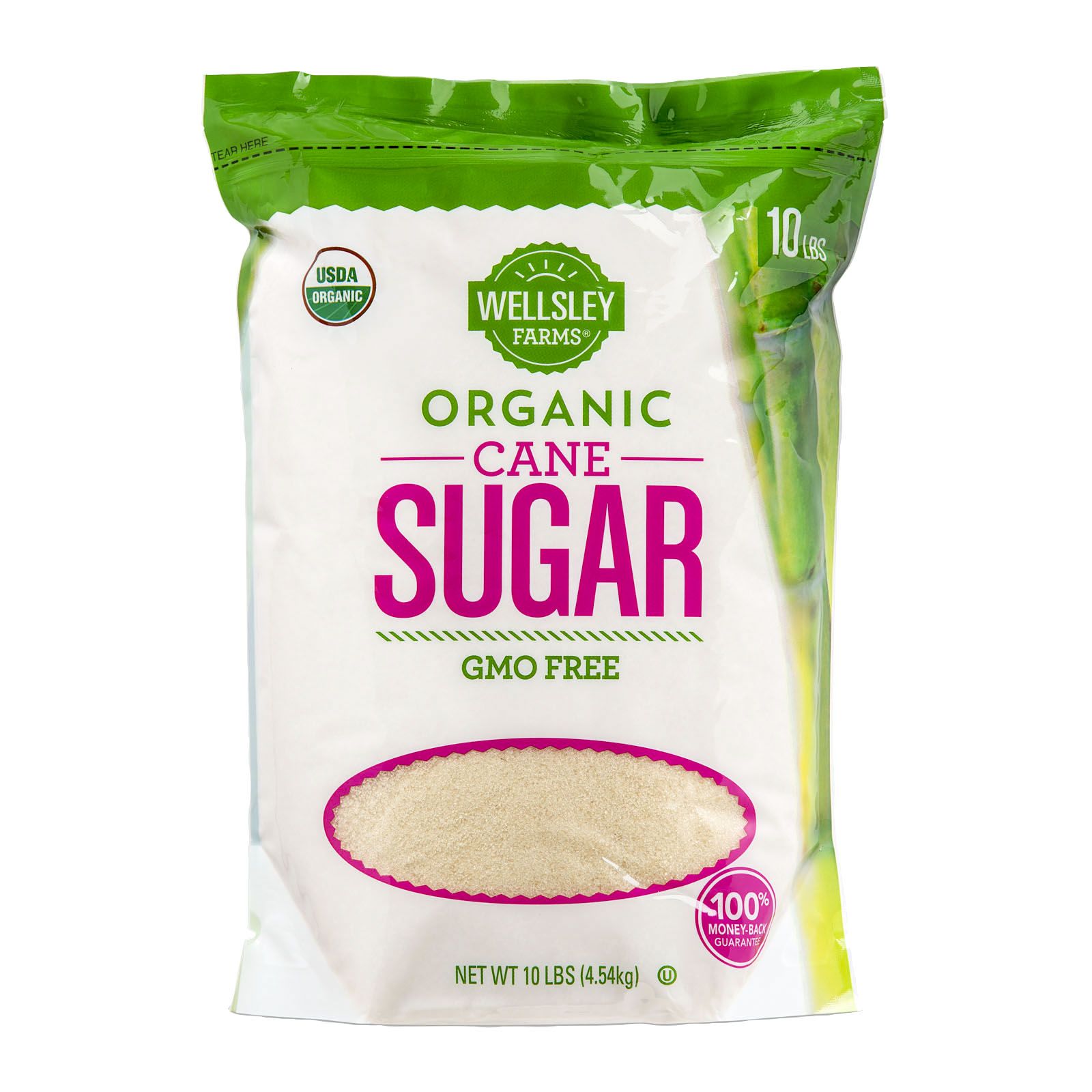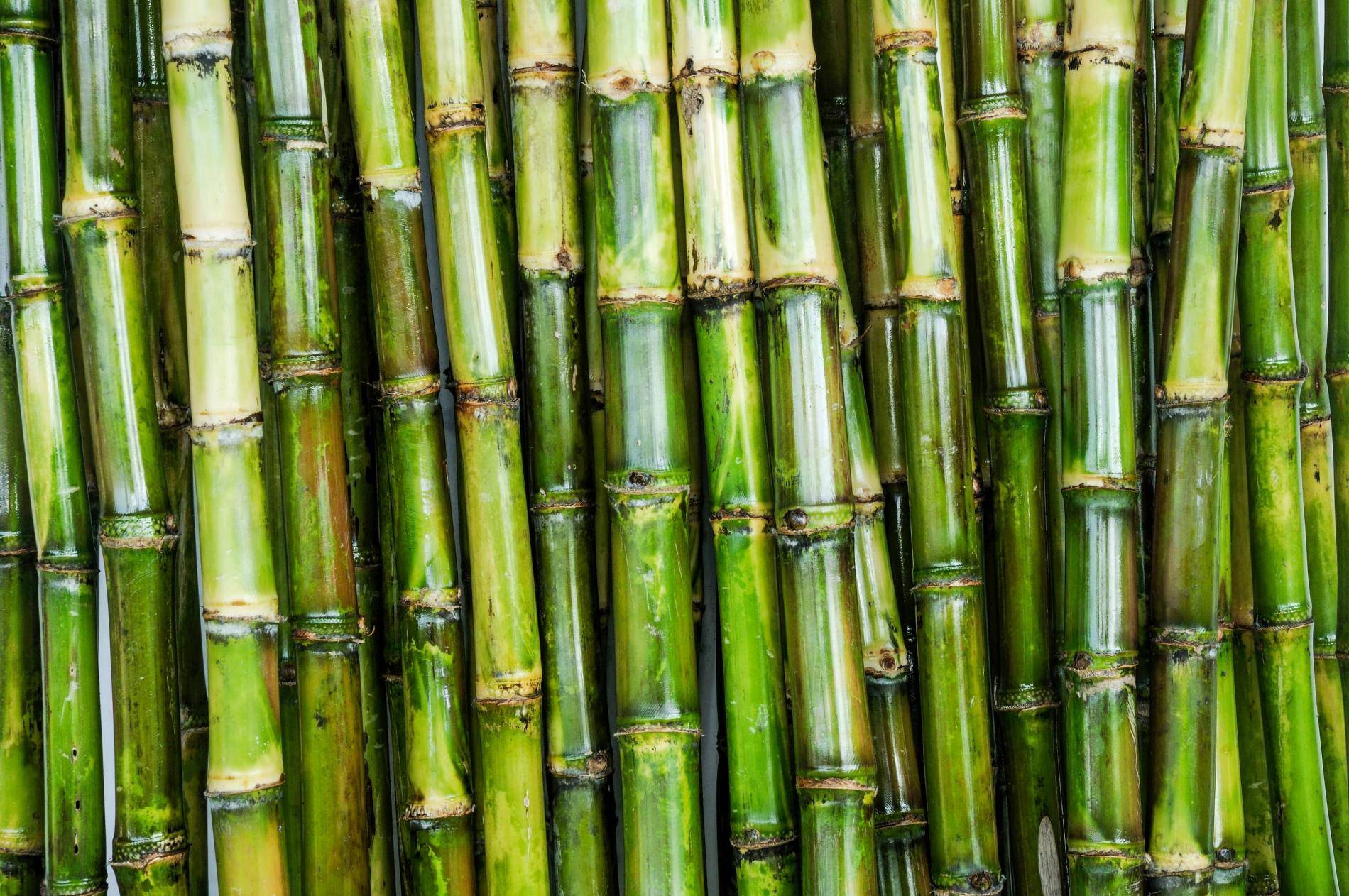The Journey of Cane Sugar Processing: From Harvest to Crystals
The Journey of Cane Sugar Processing: From Harvest to Crystals
Blog Article
An In-Depth Overview to the Ecological Influence and Sustainability Practices in Walking Stick Sugar Processing
The environmental influence of walking cane sugar handling presents a complicated selection of obstacles that warrant careful evaluation. From soil destruction and extreme water usage to the carbon impact related to cultivation and production, the consequences of conventional methods are far-reaching. In comparison, the adoption of ingenious sustainability actions supplies a path toward extra liable production methods. Comprehending the interplay between these problems is essential for stakeholders in the industry. What specific techniques can be executed to strike a balance between performance and environmental stewardship? The solutions hinge on a more detailed take a look at both the obstacles and prospective solutions.
Review of Walking Stick Sugar Handling
Walking cane sugar handling includes a series of systematic actions that change sugarcane into polished sugar. At first, gathered sugarcane is carried to refining facilities, where it goes through cleansing to remove dirt and particles. Following this, the walking stick is squashed to draw out juice, which is after that made clear by getting rid of impurities with home heating and the enhancement of lime.
The cleared up juice goes through dissipation, where water is gotten rid of to focus the sugar web content. This concentrated syrup is then crystallized with air conditioning, enabling sugar crystals to form. These crystals are separated from the remaining syrup utilizing centrifugation, causing raw sugar. To accomplish refined sugar, the raw item goes through additional filtration procedures, which might include filtering system and washing to get rid of staying contaminations and color.
The end product is after that dried and packaged for distribution. Throughout this whole procedure, preserving efficiency and high quality control is vital to ensure the sugar satisfies market standards. Each action in walking stick sugar processing not only contributes to the end product however additionally has ramifications for source use and waste generation, establishing the stage for discussions on sustainability and environmental impacts related to sugar manufacturing.
Ecological Obstacles of Production
The production of walking cane sugar provides several considerable environmental obstacles that warrant interest. One main problem is the substantial usage of agrochemicals, including plant foods and pesticides, which can result in soil degradation, biodiversity loss, and contamination of neighborhood water sources. The overflow from sugarcane areas commonly carries these chemicals right into nearby communities, disrupting marine life and influencing the health of areas reliant on these water bodies.
Another obstacle is the high energy intake linked with sugarcane processing. The boiling and refining stages call for considerable heat, largely created by shedding fossil fuels, adding to greenhouse gas exhausts. Furthermore, the expansive acreage required for sugarcane growing can cause deforestation and environment destruction, further intensifying climate adjustment and harmful wildlife.
Furthermore, the labor methods in some areas increase moral problems, as workers might deal with inadequate working conditions and inadequate salaries. This situation often perpetuates a cycle of hardship in local communities. Cane Sugar Processing. Dealing with these ecological obstacles is crucial for creating a lot more sustainable practices in walking cane sugar manufacturing, inevitably profiting both the environment and the neighborhoods entailed in this sector
Water and Land Use Effect
Water sources and land use are crucial parts in the cane sugar sector that considerably influence the environment. The cultivation of sugarcane calls for considerable water input, with quotes suggesting that it can take in approximately 2,000 litres of water per kilo of sugar created. This intensive use of water often results in depletion of regional water sources, affecting not just the sugarcane haciendas but additionally surrounding ecological communities and areas that rely upon the exact same water sources for agriculture and residential use.

In addition, land use for sugarcane farming can result in logging and the conversion of natural environments right into monoculture haciendas. This practice reduces biodiversity, interrupts neighborhood environments, and adds to soil deterioration. The development of sugarcane fields typically intrudes on beneficial agricultural land, creating competitors for resources between food and biofuel production.
Sustainable methods, such as optimizing irrigation techniques and applying crop turning, are vital to mitigate these effects. By taking on extra efficient water usage and land management methods, the walking stick sugar sector can lower its eco-friendly impact, ensuring an equilibrium between farming efficiency and environmental preservation.
Greenhouse Gas Emissions
Greenhouse gas emissions represent a significant ecological problem within the cane sugar handling sector, particularly as farming practices broaden to fulfill international demand. The farming of sugarcane, a plant that flourishes in exotic environments, depends greatly on synthetic fertilizers and chemicals, which add to nitrous oxide exhausts. Furthermore, land-use changes, including logging for brand-new sugarcane plantations, release co2 kept in vegetation and soil.
During handling, power intake is an additional significant resource of greenhouse gas discharges - Cane Sugar Processing. Numerous sugar mills use fossil gas to power machinery and generate warm, about his causing considerable carbon footprints. Moreover, the transportation look these up of raw sugarcane and completed products includes layers of emissions via gas combustion in lorries
The advancing effect of these emissions intensifies environment modification, presenting dangers not only to the environment but likewise to the long-lasting feasibility of the sector. Stakeholders need to acknowledge the immediate demand for detailed strategies that address these emissions. This includes assessing existing farming practices, processing techniques, and transportation systems to recognize areas for improvement and reduction. Addressing greenhouse gas discharges is necessary for promoting a much more lasting cane sugar industry in a changing climate.

Sustainable Practices and Innovations
Lasting techniques and innovations are increasingly vital in the walking stick sugar processing market as stakeholders seek to decrease environmental impacts while maintaining productivity. One significant advancement is the execution of integrated crop management, which optimizes source use by integrating dirt management, pest control, and crop rotation techniques. This strategy boosts yield while lessening chemical inputs and maintaining dirt wellness.
Furthermore, the adoption of renewable energy resources, such as biomass from sugarcane residues, has actually gained traction - Cane Sugar Processing. By converting waste items right into power, processing centers can minimize their reliance on fossil gas, therefore decreasing greenhouse gas discharges
Water administration techniques have also seen enhancements through the recycling and reusing of water in processing plants, considerably reducing freshwater consumption. Developments in modern technology, such as precision farming, make it possible for farmers to keep an eye on crop health and resource usage great site better, making certain lasting growing techniques.
Moreover, certification programs like Fair Profession and Jungle Alliance encourage ecologically liable farming methods and advertise social equity within the supply chain. By welcoming these lasting techniques and developments, the walking stick sugar processing sector can enhance its resilience and add favorably to environmental stewardship.
Verdict
The environmental impact of cane sugar handling offers significant obstacles, including dirt deterioration, high water intake, and greenhouse gas discharges, along with honest concerns connected to labor practices. Resolving these concerns with lasting techniques, such as integrated crop administration, eco-friendly energy fostering, and water recycling, is vital. By advertising socially equitable and ecologically accountable methods in sugar production, the market can minimize its damaging results, ensuring a much more sustainable future for both environments and areas involved in this sector.
Cane sugar handling involves a series of organized steps that transform sugarcane right into refined sugar. Each step in walking stick sugar processing not only adds to the last item but also has effects for source usage and waste generation, establishing the stage for discussions on sustainability and ecological influences linked with sugar production.
Greenhouse gas discharges represent a significant environmental issue within the cane sugar handling sector, particularly as farming practices expand to satisfy worldwide need.Sustainable practices and innovations are increasingly vital in the walking stick sugar handling sector as stakeholders seek to decrease environmental effects while keeping performance.The ecological effect of walking cane sugar handling provides significant difficulties, including dirt deterioration, high water intake, and greenhouse gas emissions, along with ethical concerns related to labor practices.
Report this page